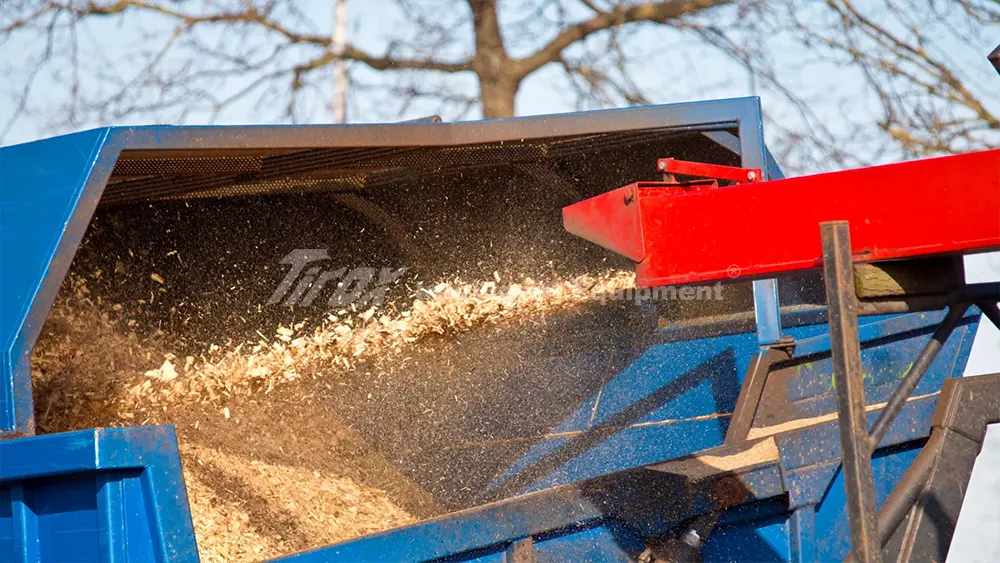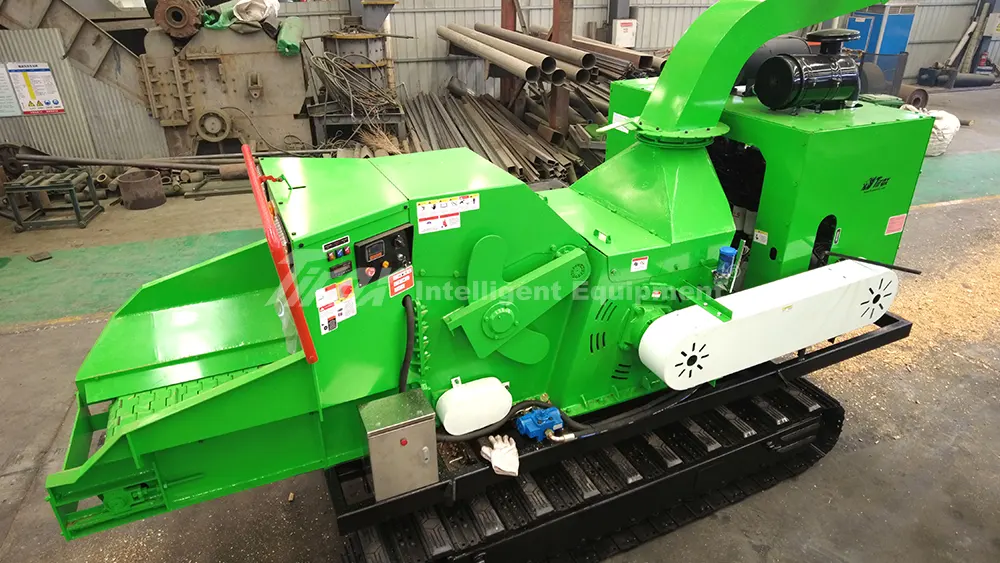When purchasing woodworking equipment, many businesses fall into common procurement traps due to a lack of industry knowledge or experience. These traps not only result in additional costs but can also impact production efficiency.
Focusing Only on Low Price and Ignoring Equipment Quality
The Price Temptation:
Many buyers prioritize price when selecting woodworking equipment, aiming to minimize costs. They may opt for cheaper equipment hoping it meets their needs. However, low-priced equipment often hides quality risks. While it may serve its basic purpose in the short term, over time, frequent breakdowns, high repair costs, or even equipment failure due to substandard quality can disrupt production and lead to higher overall costs.
How to Avoid This:
While price is important, quality should never be overlooked when selecting woodworking equipment. It’s recommended to choose suppliers with a solid reputation and quality assurance. Look for equipment that has quality certifications and inquire about the manufacturer’s quality control processes. Partnering with experienced and professional suppliers ensures the reliability and durability of the equipment, helping you avoid unnecessary costs caused by frequent repairs or malfunctions.

Overlooking After-Sales Service and Spare Parts Supply
The Risk of Ignoring After-Sales Service:
Woodworking equipment is high-load machinery, and when something goes wrong, timely repairs and technical support are critical. If you overlook after-sales service and spare parts supply, equipment issues may result in production downtime, affecting business operations. However, many buyers focus only on the purchase price and overlook the importance of after-sales service.
How to Avoid This:
Always confirm the after-sales service package before purchasing. This should include installation, debugging, training, routine maintenance, and emergency repairs. It’s also crucial to inquire about spare parts availability to ensure you can obtain necessary components quickly if needed. Choose suppliers that offer local or regional service networks for faster response times and reduced downtime during repairs.
Ignoring Equipment Suitability and Long-Term Costs
The Risk of Mismatched Equipment:
Many buyers focus on the features of equipment without considering whether it truly fits their production needs. For example, they might choose equipment that looks good on paper but doesn’t align with their specific processing requirements, leading to inefficiency. Additionally, long-term costs, such as energy consumption, maintenance, and spare parts, are often overlooked, which can significantly increase the total cost of ownership.
How to Avoid This:
Before purchasing, make sure you clearly understand your production needs and how the equipment will fit into your operations. Different woodworking machines have varying functions and specifications, so it’s crucial to choose one that suits your specific requirements. Additionally, consider the long-term operating costs, such as energy consumption, maintenance, and spare parts expenses. Choosing energy-efficient and low-maintenance equipment can help you save money in the long run.

Conclusion: Avoid Procurement Traps and Make Informed Decisions
The decision to purchase woodworking equipment directly impacts a company’s production efficiency and long-term costs. To avoid falling into common traps like prioritizing price, overlooking after-sales service, or selecting mismatched equipment, buyers need to consider multiple factors. Beyond price, quality, after-sales service, and equipment suitability are key elements to keep in mind.By carefully evaluating these aspects during the procurement process, you can ensure the equipment you choose delivers the best value for your business and helps you operate smoothly.






